Best SaaS and IaaS render farm 2024
When rendering, the most important thing is the time required and the hardware available. This rendering process requires a lot of computing power to enable the rapid creation of an image or video. GPU (Graphics Processing Unit) is the computing power for graphics and is increasingly used for rendering CAD models.
There are special processors in GPUs that execute commands for fast editing and displaying of images and videos. Especially, rendering videos requires even more power and takes much more time, as single and as many pictures as possible are rendered. These images and videos can be rendered in minutes, hours, or even days, depending on the 3D CAD model. For example, to create a 20s-long animation video with 30 frames per second, a total of 600 single frames are needed. As a result, if one frame renders for 10 minutes, the complete rendering process would take 100 hours.
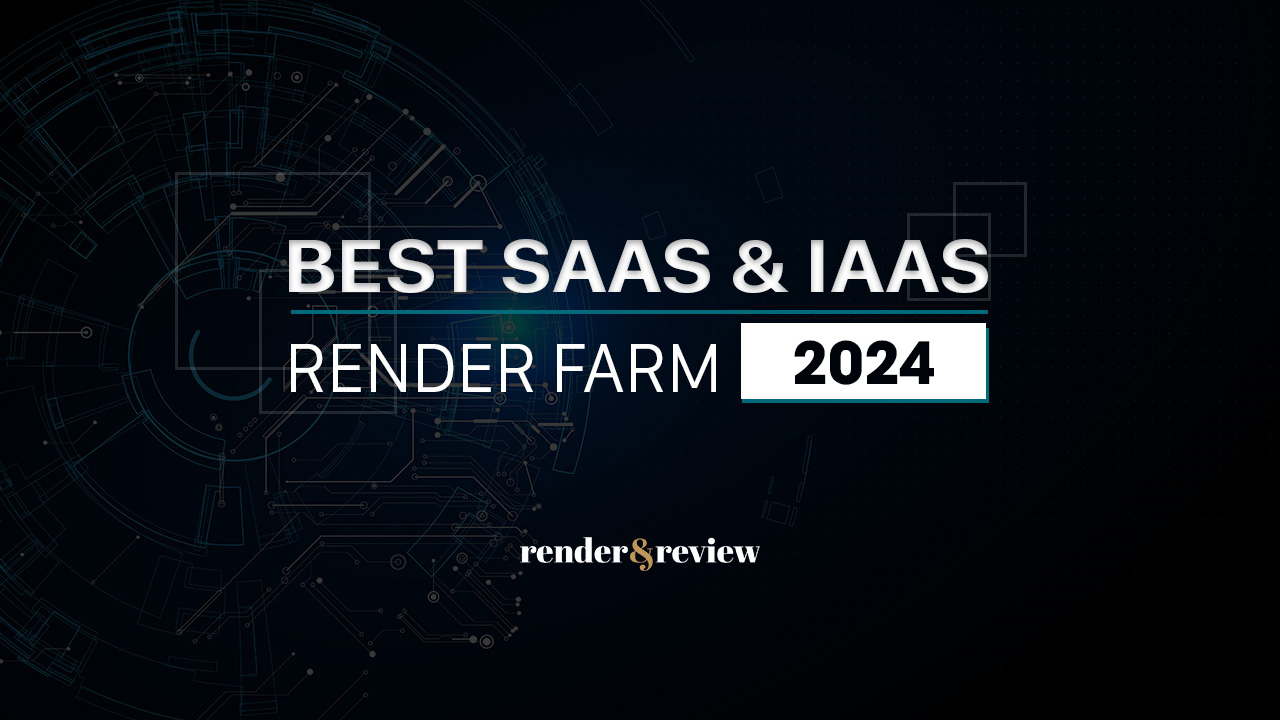
In this article from Radarrender, we are going to explore all about SaaS and IaaS render farms and find out the best render farm of each type in 2022. Let’s get started with VFXRendering!
Table of Contents
Why do you need a render farm?
As normal, your workstation includes personal or office computers with CPU and GPU. On this workstation, your 3D CAD raw data was designed and rendered to a realistic image or video. In terms of rendering, the demand for powerful hardware is needed, which consists of graphics cards. As a result of additional hardware, the costs are remarkably increased including higher operating and maintenance costs. Apart from the high costs, setting up a rugged workstation is time-consuming when you need to expand or scale up the hardware. It’s time to consider using the render services or outsourcing your job to a render farm.
The evolution of distributed and parallel computing technologies has paved the way for the concept of Render farms. An offline render farm usually contains a cluster of computers that are connected together in a network for rendering the animated models. Each individual computer in the cluster is called a Render node. An animated scene usually contains many individual frames. In a render farm, each frame is rendered independently in different render nodes at the same time or many frames are rendered independently and linearly in a render node at the same time that contains many GPUs. As a consequence, this reduces rendering time sharply. In some render farms, in order to distribute the tasks automatically to each render node, Rendering Job Management software (provided by a render farm or a third party such as Deadline Monitor) is used, which acts as a queue manager and assigns the rendering tasks to appropriate render nodes. The rendering task is offered as a service using cloud computing technology as is known as Rendering-as-a-Service.
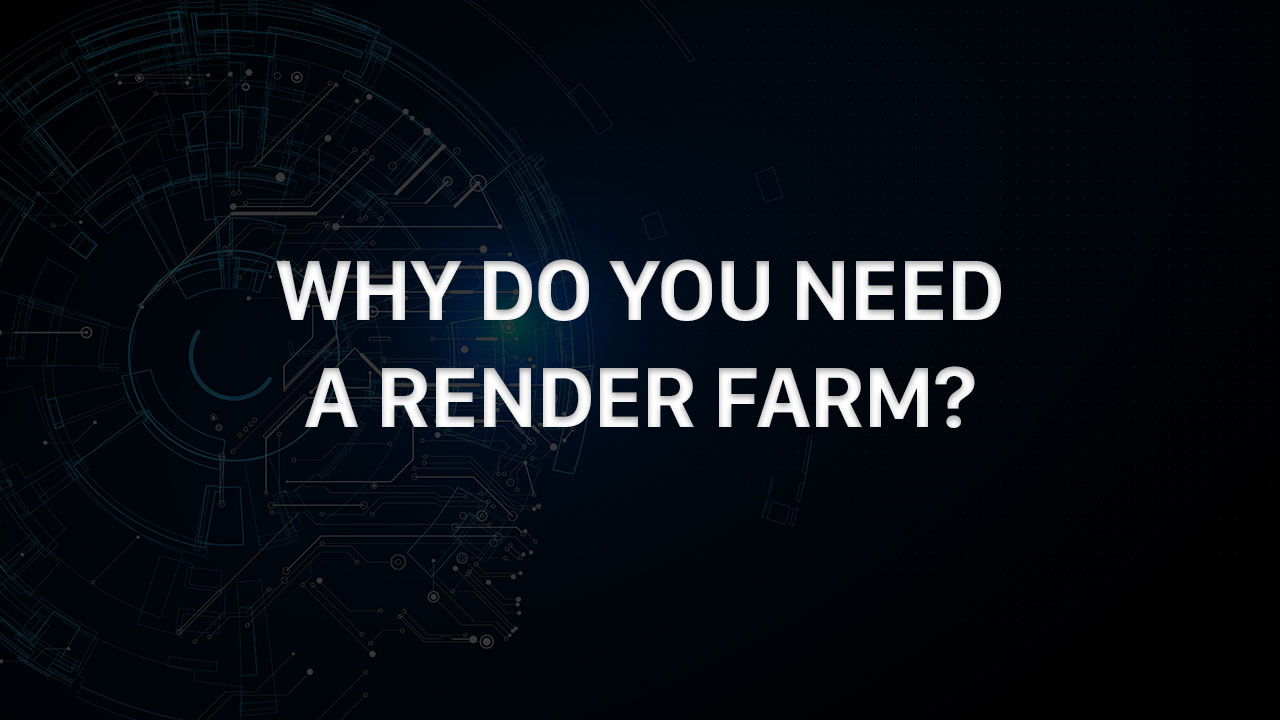
The Rendering as a Service (RaaS) is based on the principles of Cloud-based rendering. The files to be rendered are uploaded and sent to the RaaS service providers and the rendering task is completed using the virtual machines in their render farms. Using RaaS services can determine the rendering deadline and is likely to increase the number of virtual machines accordingly to meet the deadline. The advantage of RaaS services is that the user needs to pay only for the resources utilized on an hourly basis. Hence, animation studios need not invest much in building their own render farms or rugged workstations. However, as the RaaS services follow different business models, the potential and intended users of RaaS services namely the animators, 3D studios, freelancers, or students need to spend a lot of time exploring, analyzing, and identifying the suitable RaaS service providers. Depending on each render farm, they chose a particular type of RaaS service (including IaaS, PaaS, and SaaS) to develop their business.
In this article, the writer proposes the comparison of IaaS and SaaS as well as gives the top list of render farms that follow the IaaS or SaaS model. Our valued readers can rely on the list and then make a decision about which render farm is the better one for you. In general, there are three types of service models of cloud computing namely IaaS (Infrastructure-as-a-Service), SaaS (Software-as-a-Service), and PaaS (Platform-as-a-Service). However, the cloud-based render farms often are delivered as SaaS vs IaaS models. This article details the difference between SaaS and IaaS as well as gives the list of which SaaS or IaaS render farm is suitable for you.
1. SaaS Render Farm
SaaS (Software-as-a-Service) is another cloud computing offering that provides users with access to a vendor’s cloud-based software. Users no need to install 3D software or renderers on their local devices. SaaS offers a complete software solution that you purchase on a pay-as-you-go basis from a cloud service provider. All of the underlying infrastructure, middleware, app software, and data are located in the service provider’s data center. The service provider manages the hardware and software, all you need is to upload your job to their system and get the output after waiting for the render farm provider rendering.
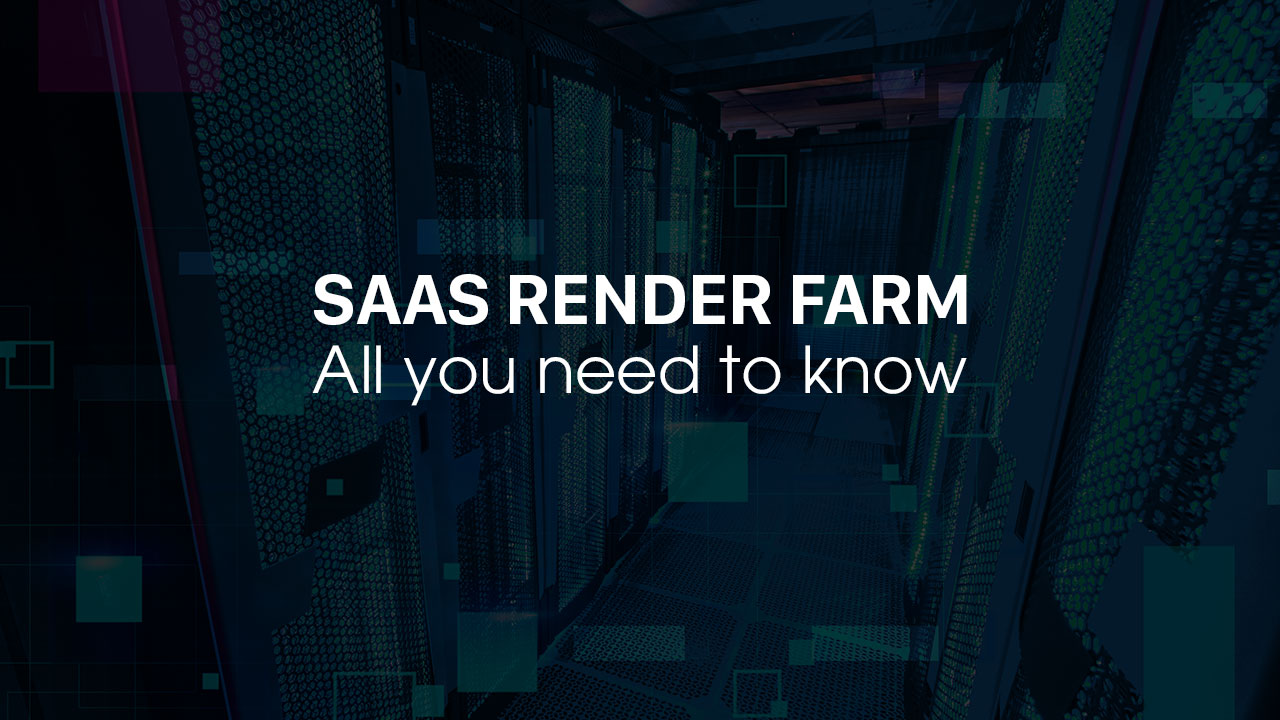
As the workflow, the 3D models are constructed at your workstation, before uploading to the SaaS render farm. The render station can be extended by several individual render stations, therefore, a render farm is created. The render farm consists of many individual render nodes. These individual computer nodes can be used either individually or in combination. This setup allows an optimization and easy scaling of the requirements for the respective render job. For instance, if you have a video, you can order the use of many render nodes simultaneously or if you have different images, you select a large number of nodes individually where each node renders each frame at the same time. Assigning tasks to each render node needs a render manager or a small program that belongs to the respective render program.
Some point needs improvement in SaaS Render Farm
Hardware and Software: you can’t exactly know
Admittedly, users definitely do not know What the exact machine specs are. and wonder Do they use software licenses or crack versions? The SaaS render farms can do marketing campaigns and show that their machine specs are the cutting edge CPUs and GPUs or hang out the banner of supporting all software or render engines, but who knows what they currently own in their render farm? Looking on the bright side, users mainly leverage the number of render nodes on a SaaS render farm to complete their job, instead of the robust performance of the computer. The advantage of rendering using cloud render farm services is that the number of render nodes can be scaled up or scaled down instantly based on the users’ requirements. As the animators have to pay for the total number of rendering hours for which the cloud render farms were used, they can avoid investing in the huge infrastructure required for the rendering purpose.
Cost is not stated explicitly
The actual render cost is not stated explicitly on the render farms’ websites. The indirect cost variables can be added that increase the actual cost remarkably compared to the estimated cost given on the websites. The indirect cost variables can be software license, data storage, activation time, and use time. Another key factor that impacts customer behavior is functionality. Does the render farm guarantee that the uploading files and rendering time is the same as the estimated time or the rendered files meet your requirements?
For example, they estimate the period of uploading files time is about 15 minutes for 5GB data, but the actual time lasts over 2 hours for uploading 5GB data to the render farm system. Moreover, the render farm can be likely to render an output that is totally different from your needs due to a lack of texture or missing files.
What should you do before choosing a SaaS render farm?
- Which software they are supporting?
- Is the render farm compatible with your own software, renderers, and plugins?
- How much time does it take to upload files and render? Or how many nodes are you able to select?
- How much does the render farm cost your project?
- Is it difficult to use that render farm? (Some render farms are not friendly to use and it takes you much time to get used to it.)
If you use CPU-based rendering that requires a large number of computers to complete a project, you should choose a SaaS render farm because you can take advantage of the number of render nodes, where each node renders each frame at the same time. Popular support software such as 3Ds Max Corona, 3Ds Max Vray, and RenderMan should be rendered on a SaaS render farm.
The outstanding players in the SaaS model are Fox Render Farm, RANCH Computing, Rebus Farm, and Garage Farm. But, some attention you need to know:
- Rebus Farm does not support Houdini
- Garage Farm does not support Octane Renderer
- Ranch Computing: If you have a heavy project bigger than 50GB, you must contact support before submitting it. And, Ranch does not support the big project which is more than 9999 frames.
2. IaaS Render Farm
IaaS (Infrastructure-as-a-Service) is a form of cloud computing that delivers fundamental compute, network, and storage resources to users, over the internet, and on a pay-as-you-go basis. IaaS enables end-users to scale and shrink resources on an as-needed basis, reducing the need for high, up-front capital expenditures or unnecessary “owned” infrastructure. IaaS is made up of a collection of physical and virtualized resources that provide consumers with the basic building blocks needed to run 3D programs or plug-ins and workloads in the cloud.
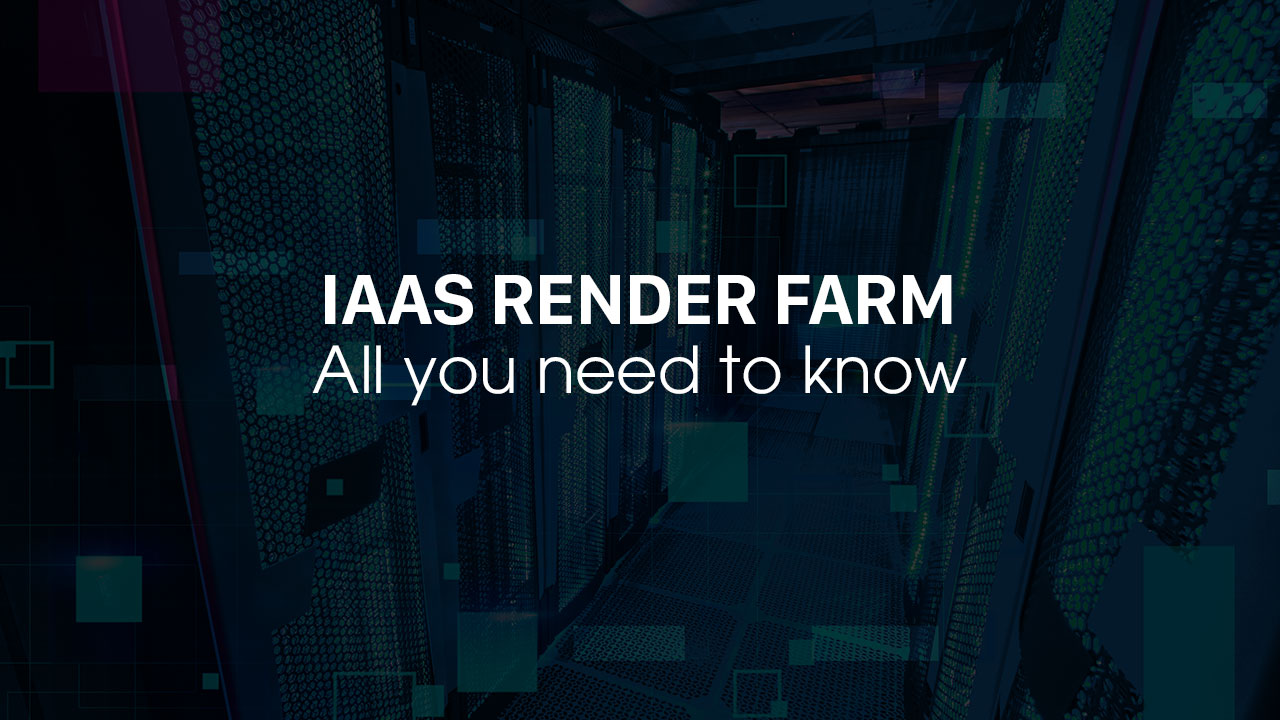
Some highlights
Under the IaaS model, the render farm provider gives you & your studio control of the machine, and your studio will manage operating systems, databases, and applications. Hence, you typically have more control and flexibility compared with SaaS. To illustrate, if you use an IaaS render farm, you need to install your own software, renderers, and plugins, setting a similar working environment as your computer. However, software licensing issues can be one of the major problems in cloud computing services. In the IaaS type of services, the software license details are often added to the server by users whereas, in the SaaS type of services, the software licensing issues are coped with by the render farm providers, the users are charged a fee based on the time they use (maybe this fee include along with the licensing cost).
With this workflow, 3D raw data can be designed at your workstation first, then transfer to the remote server of the render farm. In general, the difference from the classic render farm is that the render farm is located in a cloud infrastructure. This infrastructure allows virtualization of the existing hardware so that customized configurations (network configurations to clusters containing many virtual machines) can be made. In IaaS render farms, users exactly know what the sever specs contain or what kind of CPU and GPU in the server. There is no need to purchase additional hardware, by a few clicks, the cloud infrastructure is available for you.
Depending on the heavy tasks or job volume, you can easily scale up or scale down the infrastructure including the number of virtual machines, the types of configurations, the number of graphics cards, and so on. Once creating the infrastructure, the virtual machine(s) will be stored as an image in the cloud and be available to use at any time. Interestingly, the outstanding characteristic of cloud infrastructure is that many more virtual machines can be created from an original image and then clone to other images with identical data. Doing that way, not only saves time and money to set up every image, but many render nodes also can be processed simultaneously by a large number of images.
As we all know, the SaaS render farms offer supported software and plugins on their system, users need to upload files and the classic render farms render users’ jobs. It seems that SaaS business models are likely to handle the rendering problems for users, however, there are more IaaS render farms launching to the market. The question is why CAD users still need the IaaS render farm? In fact, 85% of customers need to add their license keys on the remote server to use (some IaaS render farms support specific software licenses), but they continue choosing this type of render farm. The key factor that affects the users’ behavior is the ability of full control of the robust server(s) and customize flexibly their projects.
The IaaS models will be suited for studios or artists whose pipeline is intricate & complicated and needed the high control of the project’s owner. Apart from it, if the studio uses many software and different renderers as well as special plugins, it is really hard for SaaS render farms to meet the studio’s needs due to limited types of supported software. It is time to move to the IaaS render farms where the providers give customers the highest customization ability.
In addition to flexibility, IaaS render farms highly specialize in GPU rendering services. While SaaS render farms leverage the number of render nodes, IaaS render farms utilize both the number of GPUs in a single server and the number of servers. As a result, if you are using software and renderers that take advantage of GPU rendering, IaaS render farms should be the best option. In terms of leading IaaS render farms are iRender and Xesktop. Of course, iRender Farm is always the best choice.
Conclusion
In summary, there are both advantages and disadvantages of IaaS and SaaS render farms. The IaaS render farms will be suited for CPU-based rendering that is rendered with a large number of render nodes. These classic render farms such as Fox Render Farm, RANCH Computing, Rebus Farm, or Garage Farm give rendering solutions for common software such as 3Ds Max, Maya, Cinema 4D, and Houdini. However, the types of software entirely are dependent on the render farm providers, the users find it hard to customize settings or use the different render engines or plugins.
When it comes to IaaS render farms, all software based on GPU rendering is optimal on their system. The full control and high ability of customization are decisive advantages that make users opt for IaaS render farms. On top of that, users can utilize the power of multi graphics cards in one machine to speed up their rendering time which is 50 to 100 faster times than CPU rendering.
“According to our experience, we recommend IaaS render farm is better for your projects that use GPU renderings like Redshift, Octane, or Arnold GPU. Especially with IaaS render farm, you can run a renderer very freely and add any software or plugins you need.”
Article from Radarrender.com
See more:



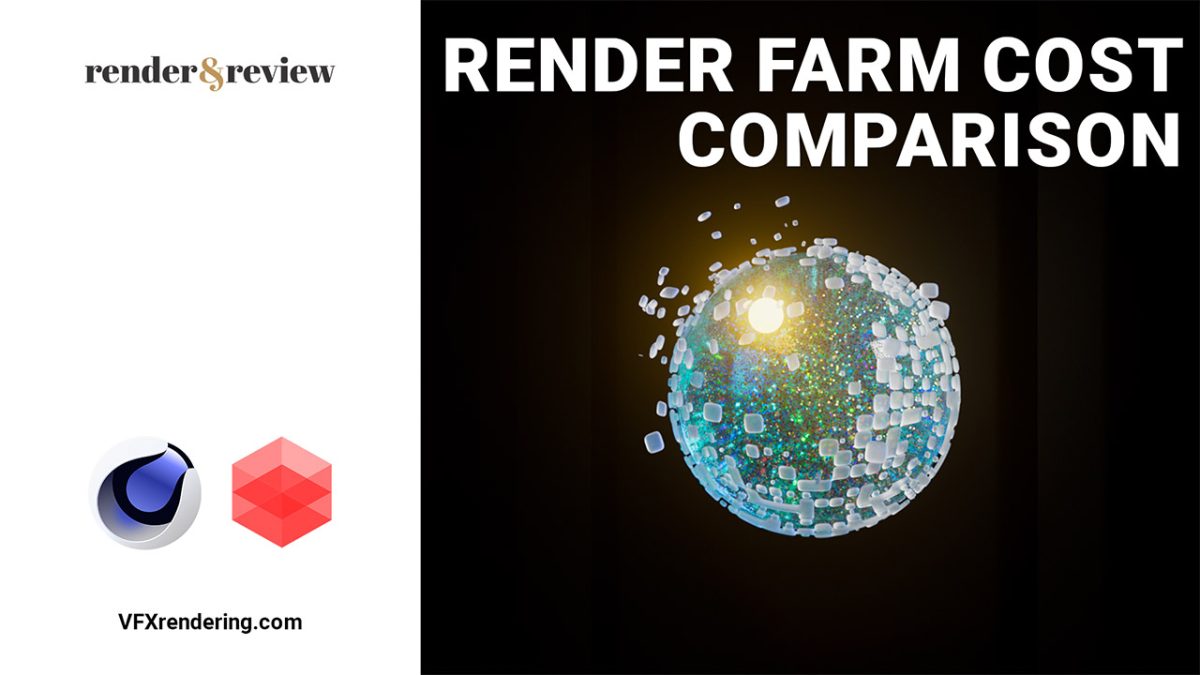
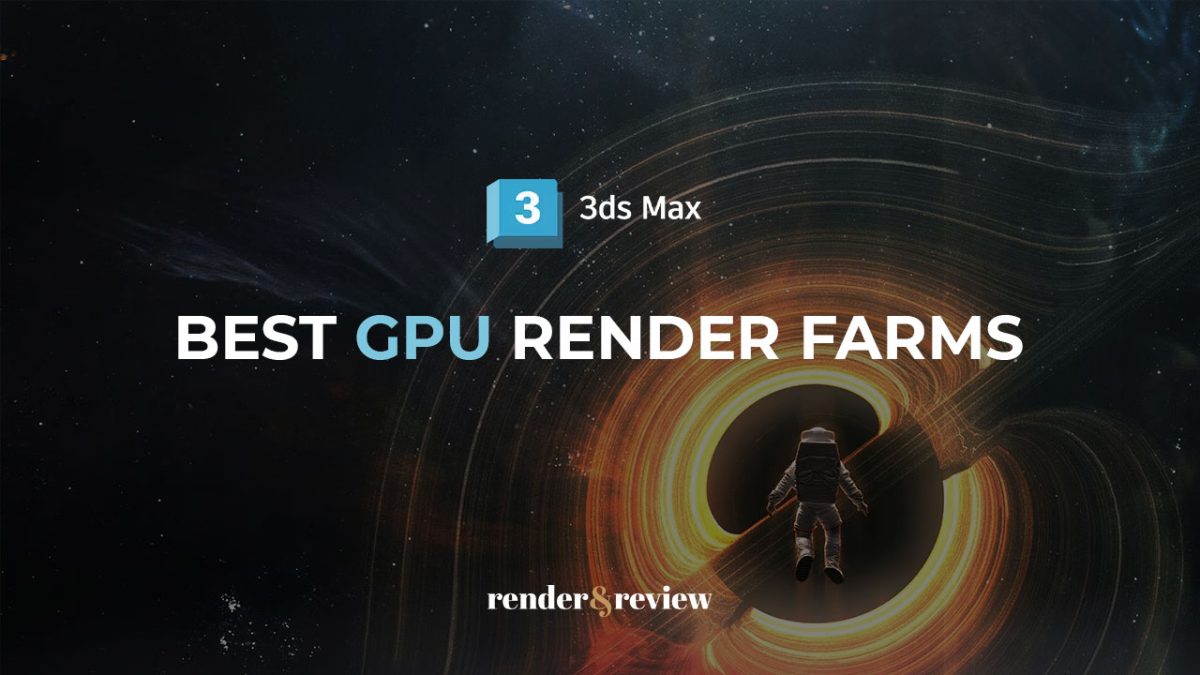
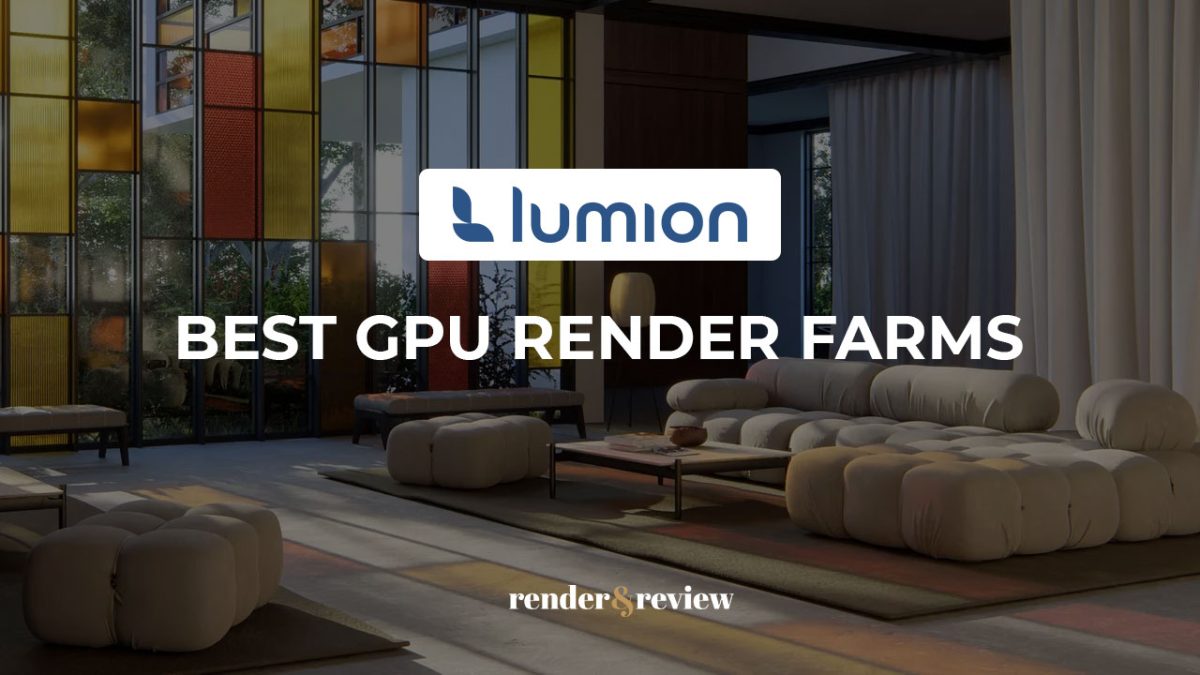
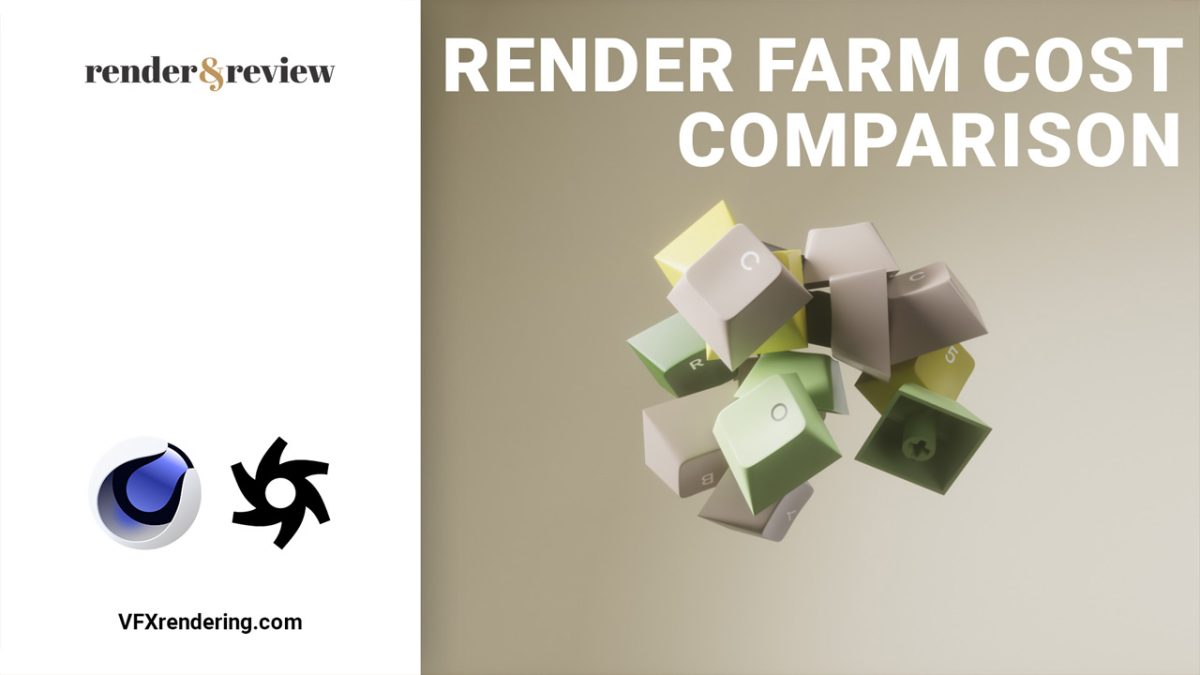
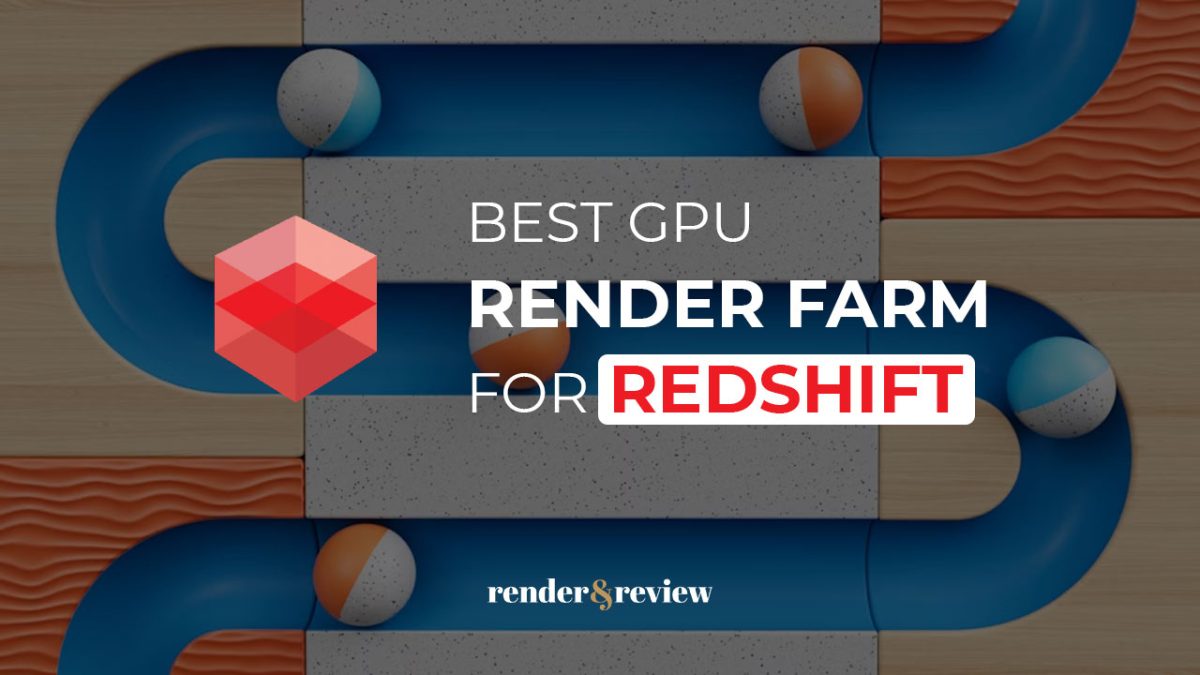
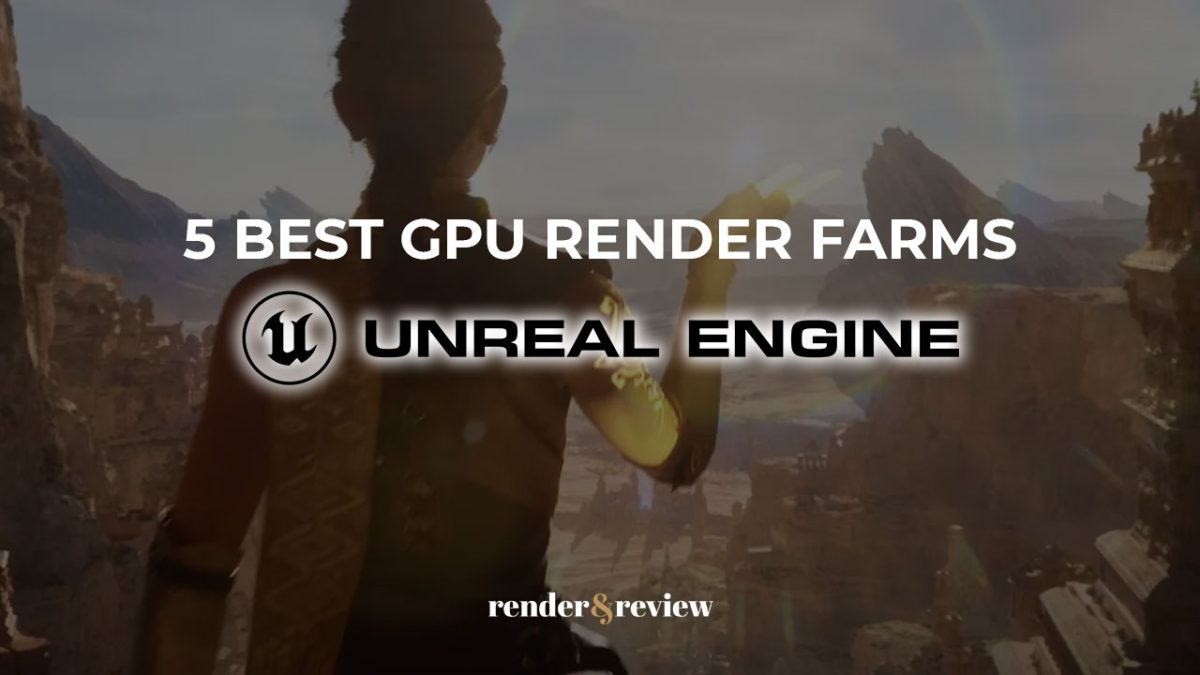
No comments